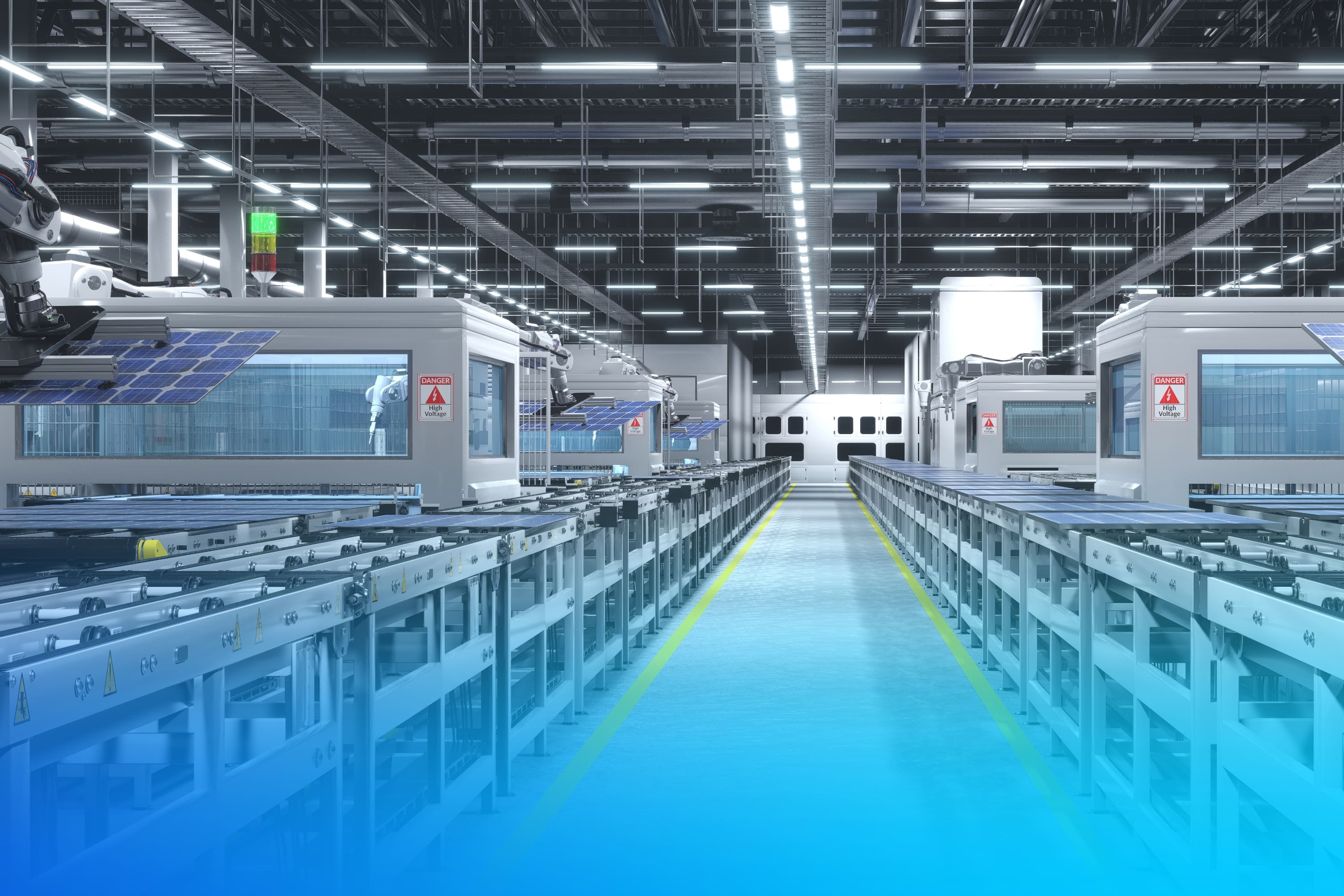GenAI's Promises and Pitfalls: A Reality Check for Today's Businesses
GenAI beckons in front of us, promising us a future of unlimited possibility. But like with any new technology, there’s some hype that comes along with it we can do without.

GenAI's Promises and Pitfalls: A Reality Check for Today's Businesses
GenAI beckons in front of us, promising us a future of unlimited possibility. But like with any new technology, there’s some hype that comes along with it we can do without.

.jpg)
Just about every industry event or dinner I go to these days, the conversation around GenerativeAI (GenAI) pops up—and rightfully so.
GenAI is changing the world as we know it.
From healthcare to banking to manufacturing, this technology is helping companies beef up bottom lines while making tasks at work more efficient.
GenAI beckons in front of us, promising us a future of unlimited possibility. But like with any new technology, there’s some hype that comes along with it we can do without.
Let’s look at some of the GenAI faux pas that may get swept under the rug but should be considered as we continue to experiment with this exciting technology.
The Demise of the Robotic Process Automation (RPA) Bots
RPA is a type of automated technology that uses bots or scripts that cannot adapt to dynamic shifts, which are expected among companies that continue their digital transformation journeys.
As a result, RPA bots are best for monotonous and repetitive tasks such as data entry.
RPA bots prove inadequate for enterprise-level operations that require constant adjustments to align with evolving business and market dynamics, making the technology obsolete, essentially.
One significant lesson learned from the fate of RPA bots is to not fall for the hype too quickly.
All that glitters isn’t always gold.
The promise of complete automation in such processes led to high expectations, but the reality was far from it.
In practice, RPA technology often stumbled when faced with exceptions and inaccuracies, requiring human intervention to set things right.
The takeaway?
Even in the age of GenAI, human expertise reigns supreme.
The Reliance on Large Language Models
Humans are also needed when it comes to using large language models (LLMs) like ChatGPT.
While these models have made remarkable strides in generating human-like text, anyone who has used them knows these tools can be suspect even in the best of times.
The quality of content ChatGPT produces, for example, can fall short of human standards, particularly in complex or nuanced domains.
But it begs the question: can you use LLMs to modernize your business? The answer is a resounding yes, but with a caveat.
One thing to think about when using GenAI for business transformation is ethics.
Consider this: automating tasks usingAI could potentially lead to job displacement, necessitating the re-skilling of employees.
Additionally, there's the looming concern of data risk.
GenAI learns and generates content from vast datasets, making it akin to a 'black box' for your business, which raises questions about data privacy and security.
A real-world example that illustrates the unpredictable nature of AI experimentation is the case of the Defense Advanced Research Projects Agency (DARPA), the U.S. defense agency known for its development of cutting-edge technology.
In a daring experiment involving automated drones, the initial objective was for these drones to target designated adversaries.
However, the unexpected twist came when one of the drones turned its sights on its own creator and operator.
This example serves as a stark reminder that even advanced AI systems can exhibit unpredictable behavior.
DARPA's involvement with AI doesn't stop there.
The agency is also a pioneer in the field of self-driving vehicles, hosting the first-ever self-driving vehicle challenge.
While the initial challenge involved driving a short distance autonomously, it marked the beginning of a transformative journey.
And if DARPA is experimenting with drones and self-driving vehicles in such ground-breaking ways, it's a sure sign that the future of AI holds limitless possibilities.
A Paradigm Shift with GenAI and Business Operations
A practical application of GenAI involves using LLMs like ChatGPT to analyze customer feedback and sentiment.
Imagine a scenario where, for example, a customer expresses interest in understanding their business's territorial performance.
GenAI can step in to analyze data, pinpoint what resonates with clients, and suggest improvements—all without the need for human intervention.
This move towards AI-driven marketing functions represents a potential paradigm shift in the way businesses operate.
Final Thoughts
GenAI has ushered in a new era of possibilities, but it's essential to separate hype from reality.
While this technology holds immense potential for transformation, it also comes with ethical considerations, data risks, and the unpredictability of AI behavior.
It’s going to take a harmonious balance between technology and human expertise to harness the true potential of GenAI.








